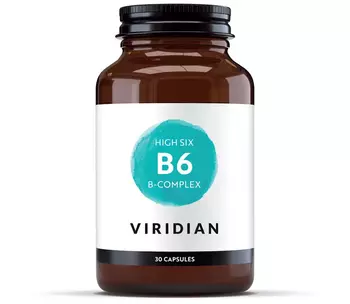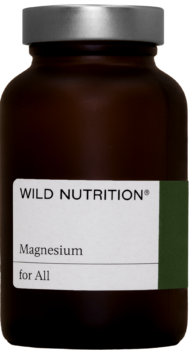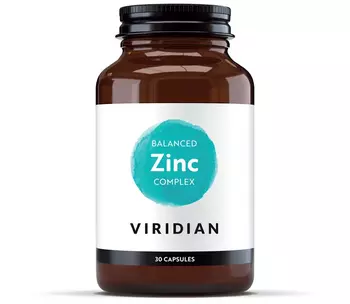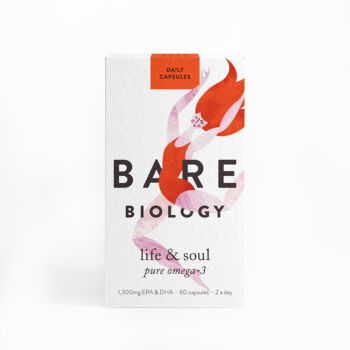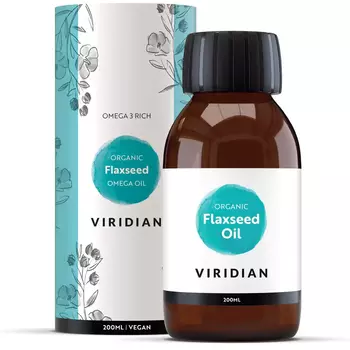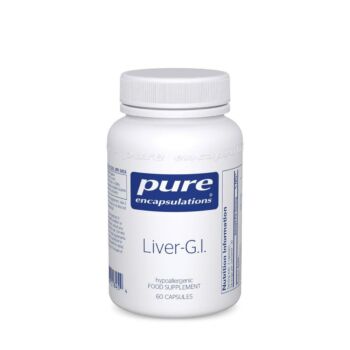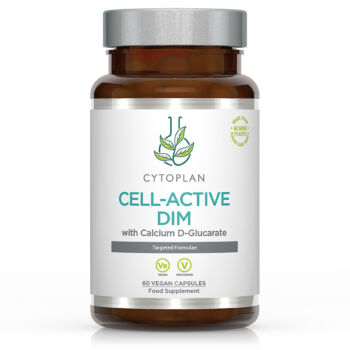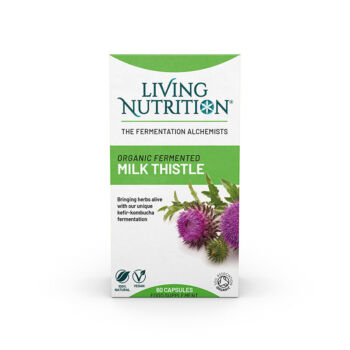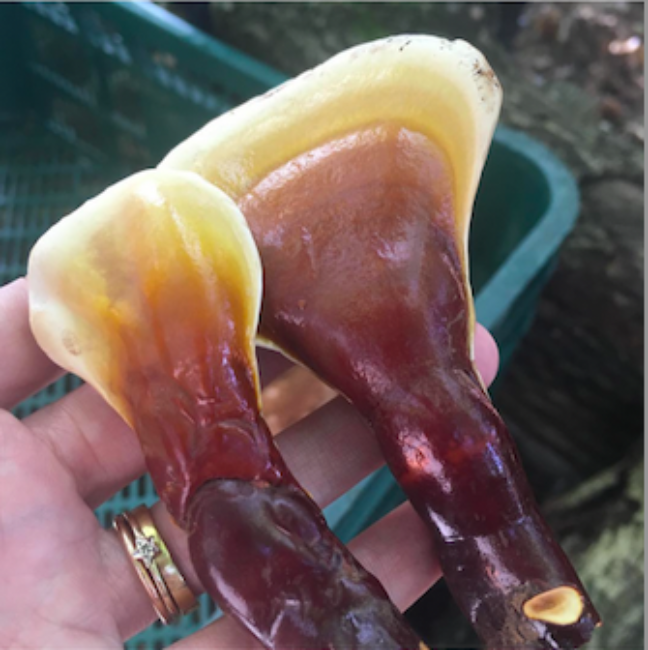Hormones are incredible core players in our physical, mental health and our wellbeing.
The interplay and delicate dance of our tiny little hormones can affect us in dramatic ways, which is why balancing them is crucial for optimal health. We first learn about the impact our hormones have on us when we are teenagers and puberty begins. This is a fascinating time when we see our bodies begin to grow into adult ones, and with that comes growth spurts, hair growth, emotional change, breasts, libido and other body developments.
Hormonal life stages
However, for so many young people this a difficult time with hormones like oestrogen and testosterone driving up to great heights and causing symptoms like acne, weight gain, irritability and anxiety.
Things tend to settle down in the late teens (not for everyone though) and supposedly our hormones will lock into our own pattern until we reach the perimenopause, which usually hits us around mid-late 40's but can begin as early as our 30s. During perimenopause, our oestrogen and progesterone levels begin to drop, and this can cause symptoms like hot flushes, night sweats, anxiety, heavy bleeding, irregular cycles, sleep disturbances and irritability. Whilst some women will breeze through this stage of life, others will struggle to a varying degree.
Another time of life when our hormones change dramatically is during pregnancy and post pregnancy when our bodies prepare to grow a baby inside of us and then take time to rebalance following this major life event.
Post menopause, hormones continue to be a vital consideration for optimising health. Oestrogen is extremely important when it comes to protecting our bodies, specifically in relation to our bone health and our brain health. Post menopause, our bodies have a clever, yet slightly annoying, protection mechanism of storing a little more weight as adipose tissue (or fat tissue) which has the ability to manufacture a different type of oestrogen. This is a way that our body can help to protect these areas that need oestrogen to function well and prevent conditions such as osteoporosis.
Stress and Endocrine Disruption
In addition to the natural hormone changes in a woman's life, stress can be a major disruptor to our hormones. Cortisol, which is our stress hormone produced by our adrenal glands, rises during times of stress. For survival reasons, our bodies will always prioritise making cortisol over our sex hormones, and that's because cortisol promotes our fight or flight response. We need that response in times of danger to make sure we run away and protect ourselves. Unfortunately, cortisol will rise with any kind of stress, whether you are in danger or whether it's because you've been working too many hours or the demands of life have been significant. In recent times stress has reached an all-time high, with mental health conditions gradually on the rise too, so it is no wonder so many women are struggling with their hormones in one way or another.
Other endocrine disorders such as hypothyroidism can affect our sex hormones and menstrual cycles (including PMS and other menstrual related conditions) too due to the complex interrelationships and feedback loops between our pituitary, ovaries, adrenals, thyroid and pancreas which are all involved in the making and processing of hormones.
Getting into the detail of hormones
A typical cycle is usually 28-35 days long but regular cycles which are longer or shorter than this can also be normal. Day 1 is counted from the first day of bleed and ends the last day before your next bleed. Our menstrual cycles are controlled by our hormones, in the first two weeks of our cycle the sex hormone oestrogen triggers our ovaries to develop and release an egg as well as grow the lining of our womb (which is the blood we shed when we bleed). In the second two weeks, the hormone progesterone rises, and this helps the womb to prepare for pregnancy. Our menstrual cycle is controlled by a complex system involving our hypothalamus (the control center), pituitary and ovaries which are prompted at various points of the menstrual cycle to release hormones that are involved in releasing an egg and building the lining in our uterus.
Oestrogen is the hormone that is manufactured primarily by our ovaries but a little is also made in our fat cells and our adrenals. It gives us our female traits like breasts, skin complexion and hair pattern. It also has a critical role in bone health, cardiovascular health, cognitive function and emotions. In the right balance, it can make us feel happy as it contributes to serotonin up-take (our happy hormone). However, too much oestrogen can lead to acne, low sex drive, low progesterone levels, depression, weight gain and oestrogen driven cancers.
Progesterone is produced by the ovaries and levels of it should rise the day after ovulation. It is the hormone which makes us feel calm and relaxed and it lightens our periods and reduces pain. You need healthy ovulation in order to get healthy amounts of progesterone in your cycle. Healthy ovulation generally happens (aside from if you have underlying fertility issues) when you are eating a nourishing diet and stress is managed in a balanced and healthy lifestyle.
Testosterone is also an important part of the female hormone systems. It is an androgen and is made in our ovaries and adrenals. Testosterone tends to rise (usually only in small amounts) in days 8 to 14 of menstrual cycles and can make us feel more motivated and impulsive, and it also increases our libido. Excessive testosterone is typically linked to conditions such as PCOS and can cause symptoms such as facial hair, male pattern balding, acne and weight gain. This excess is usually driven by insulin resistance, high sugar diets and prolonged periods of high stress, including excessive exercise. Balance is everything!
Lots of different factors affect how our hormones behave, from genetics to environmental toxins. It typically takes 3 months to improve our menstrual cycles relating to the time it takes for an egg to mature. When it comes to hormonal issues, these are some of the most important considerations.
Vitamin B6
Vitamin B6 has been shown to reduce feelings of depression, fatigue and irritability associated with menstrual conditions. B vitamins are involved in liver detoxification and therefore support the detoxification and elimination of oestrogen in the liver when it has served its purpose. This reduces the chances of having excess free oestrogen circulating which is indicated in a few hormone related issues such as PMS and Endometriosis. B6 is also needed for the full uptake of magnesium into our cells. Vitamin B6 can be found in an abundance of whole foods but there are many factors that can deplete this vital nutrient such as medications and stress.
Magnesium
Magnesium is a crucial nutrient for our nervous and reproductive systems. Deficiency of this nutrient has been implicated in hormone disorders such as PMS and the symptoms of magnesium deficiency and PMS are actually very similar. Magnesium has been shown to stabilize mood and reduce nervousness associated with hormone changes. It works synergistically with vitamin B6 so consider a supplement which contains both for hormone support. From foods, magnesium is found in green leafy vegetables although soils have been shown to be significantly depleted in this nutrient with the use of pesticides over the last 50 years and organically grown greens have been shown to have significantly higher levels.
Zinc
Zinc is required for the action of the majority of our hormones and is therefore an important nutrient when it comes to balancing our hormones. It can be a difficult nutrient to get from food these days with the recent increase in vegan and vegetarian diets, which are typically low in zinc due to reduced soil quality and lack of animal meat. Zinc is found in predominantly in shellfish, meat and pumpkin seeds.
Essential Fatty Acids
Our omegas, particularly the EPA and DHA we get from omega 3 have significant anti-inflammatory effects and significantly help to balance our hormones. Omega 3 helps with hormone transport and communication and is required for the basic production of hormones. Food sources include oily fish such as salmon, mackerel, anchovies, sardines and herring, commonly referred to as the SMASH fish. The precursor form of this omega 3 is called alpha linolenic acid and the body then converts this down a cascade to the active EPA and DHA so vegetarian sources of this precursor omega 3 include seeds, specifically flaxseed, which leads us nicely onto our next point.
Flaxseed
Flaxseeds contain lignans, which are phytoestrogens. These phytoestrogens act as little keys that fit perfectly into oestrogen receptors, signaling to the body that there is enough and thereby preventing oestrogen dominance. Flaxseed also helps with the metabolism of oestrogen by encouraging it down the correct pathways for optimal hormonal health. Flaxseed is also a good source of soluble and insoluble fibre which is great food for our gut bacteria. You can grind flaxseeds each morning and add to your breakfast, or you can soak flaxseeds in some water over night and drink the water/seed mix each the morning or add to your favourite smoothie.
Exercise for PMS
Exercise increases our endorphins which are typically low during the luteal phase of our cycle. It also increases dopamine which reduces stress and cortisol, giving our sex hormones a chance to be in the limelight. The right balance of exercise is important, you need a mixture of cardiovascular and weight bearing combined with more relaxing forms so as not to over-stress the body (causing more harm to your hormones).
Digestive health
This is a critical and often overlooked area when it comes to hormonal health. Oestrogen is excreted in our stools and urine, therefore increasing fiber in our diet and drinking an adequate amount of water is crucial for proper elimination of excess free oestrogen. Additionally, looking after our gut bacteria by doing what we can to grow the 'good' colonies by feeding them well though pre and probiotic foods will decrease the amount of an enzyme produced by bacteria called beta glucuronidase. The liver processes and packages hormones that are ready for elimination and they then get transported to the digestive system. This naughty enzyme produced by the bacteria comes along and unpackages the hormones and they are reabsorbed into the blood stream creating an excess burden for the body to deal with and hormonal imbalance putting extra pressure back to the liver.
Liver support
As above this is where the magic of oestrogen metabolism and conjugation happens, therefore we want to do what we can to support liver detoxification to help encourage oestrogen to be processed effectively and efficiently. Cruciferous vegetables (broccoli, cauliflower, brussels sprouts, kale) contain something called glucobrassicin, which breaks down into indole-3-carbinol. Once we've eaten these foods, we convert indole-3-carbinol into a compound called diindolymethane (DIM). DIM has been shown to be a potent liver detoxification support and encourages the metabolism of oestrogen via the correct pathways. Sulphur foods like garlic, onions, legumes and eggs also support our hormone detoxification and are also foods that our gut bacteria love, so increasing these in our diet will help with hormone balancing in numerous ways. Herbal support can help here too from herbs such as milk thistle which has been shown to be hepatoprotective and restorative.
Want to know more about what your hormones are doing? We are partners with the world leaders in hormone testing and primarily use the DUTCH (Dried Urine Test for Comprehensive Hormones) test to assess and analyse the balance of hormones, the pathways that they are going down and the adrenal factors that may be affecting hormones.
It is a useful investigative tool to identify our individual hormone patterns and behaviors and any underlying hormone imbalances which could be significantly contributing to physical and mental health issues. It looks at 35 hormones, their metabolites and the pathways and co-factors involved hormone production and processing. The hormones include all our sex hormones, cortisol and the organic acids and markers involved in neurotransmitter production including melatonin, dopamine and serotonin. The results will provide an insight into possible conditions such as PCOS (polycystic ovarian syndrome), endometriosis, menopause, PMS, sleep issues, mood disorders, weight gain and low libido. We also offer a Male profile too to look at male specific hormone issues.
Note that a consultation with one of our Nutritional Therapists will be necessary for a full results interpretation and to design an individual plan for you based on these results.
If you want to discuss your hormonal health concerns in more detail, our team of qualified Nutritional Therapists offer consultations either in person, or via Zoom and phone so we can provide support to clients with individual plans and health protocols.


